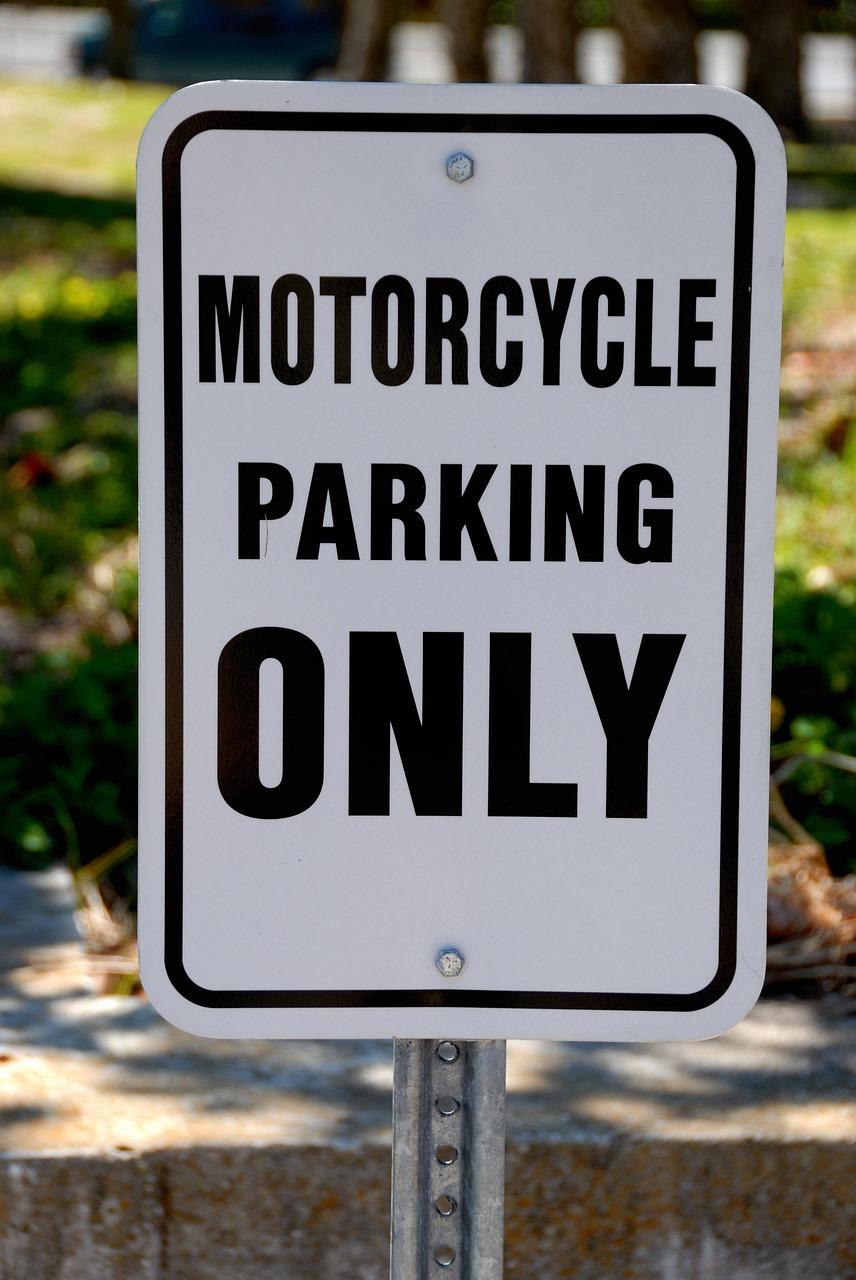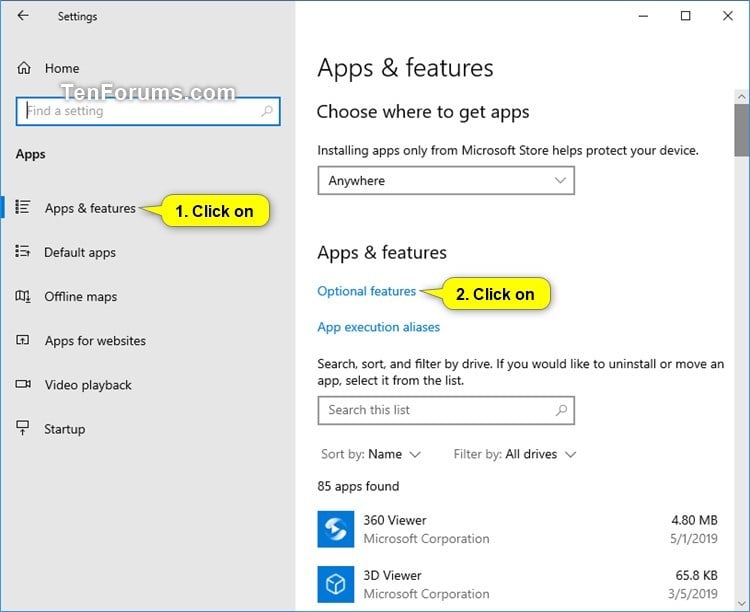When you step onto a car dealership lot, the gleaming array of vehicles can be both exhilarating and overwhelming. Each model beckons with promises of adventure, comfort, and freedom, but before you embark on your purchase journey, one essential tool lies in plain sight: the window sticker.Officially known as the Monroney label, this seemingly simple piece of paper is packed with vital information that can help you make informed decisions. From pricing details to fuel efficiency ratings, understanding how to read a window sticker is key to navigating the car-buying process with confidence. In this article, we’ll decode the elements of this crucial document, empowering you to decipher the features of your potential new ride and ensuring that the journey to your next vehicle is as smooth as the ride itself.
understanding the basics of the Window Sticker
The window sticker, also known as the Monroney label, is an essential document that every car buyer should familiarize themselves with. This label displays critical information about the vehicle,including its manufacturer,model,standard features,and optional equipment. Understanding the details on the sticker empowers buyers to make informed decisions. Key components typically found on a window sticker include:
- Manufacturer Suggested Retail Price (MSRP): This shows the starting price recommended by the manufacturer.
- Fuel Economy Ratings: Information about the vehicle’s efficiency measured in miles per gallon (MPG).
- Safety Ratings: ratings provided by organizations like the National Highway Traffic Safety Administration (NHTSA) or the Insurance Institute for Highway Safety (IIHS).
- Warranty Information: Details on coverage and duration for the vehicle’s parts and labor.
Additionally, the window sticker reveals any optional features and packages the particular car is equipped with.These details help you understand the total cost and value of the vehicle you are considering. It’s also worth noting that the right side of the sticker typically includes a bar code and other compliance details. When comparing vehicles, focus on the equipment list which you can often find in a well-structured table format:
| Feature | Description |
|---|---|
| All-Wheel Drive | A system that powers all four wheels for improved traction. |
| Adaptive Cruise control | Automatically adjusts speed to maintain a safe distance from the vehicle ahead. |
| Leather Seats | High-quality seating material that enhances comfort and aesthetics. |

Decoding the Vehicle information Section
Understanding the Vehicle Information section is crucial in deciphering a window sticker at a car dealership. This part of the sticker provides essential details that can help you assess the vehicle’s specifications and features. Look for key components such as:
- Make and Model: Identifies the manufacturer and specific version of the vehicle.
- VIN: The Vehicle Identification Number serves as a unique fingerprint for the car.
- Engine Specs: Includes type, size, and performance ratings for horsepower and torque.
- Transmission Type: Whether the vehicle has an automatic or manual gearbox will influence driving experience and fuel efficiency.
This section often also contains information on fuel economy, which is represented in miles per gallon (MPG) ratings for both city and highway driving. This rating is especially crucial for buyers concerned about fuel costs. To give a clearer picture,here’s a simple table summarizing the typical fuel economy ratings:
| Drive Type | City MPG | Highway MPG |
|---|---|---|
| Gasoline | 20-30 | 30-40 |
| Hybrid | 40-55 | 45-60 |
| Electric | N/A | N/A |
this information not only reflects the efficiency of the vehicle but can also inform your budgeting for both purchase and long-term operational costs. The vehicle information section is your roadmap to making an educated decision, ensuring that every aspect of the car fits your preferences and lifestyle.

Exploring Optional Features and Packages
When examining a window sticker, pay special attention to the optional features and packages listed. These can significantly enhance your driving experience, not only by adding luxury and comfort but also by improving safety and performance. Some of the most common optional features include:
- Technology Packages: These may include advanced infotainment systems, navigation, or premium audio systems.
- Premium Interior Packages: Think upgraded upholstery,climate-controlled seating,or ambient lighting.
- Safety and Driver Assistance Packages: Features like lane-keep assist, adaptive cruise control, and blind-spot monitoring fall into this category.
- Performance Packages: Options that might improve engine performance, suspension, or handling capabilities.
Understanding the value of these options is crucial, as they can impact both the price and resale value of the vehicle. To make things easier, it’s helpful to compare the features offered. Consider using a simple table to visualize the differences:
| Optional Features | Benefits |
|---|---|
| Panoramic Sunroof | Increases natural light and enhances the driving experience. |
| Navigation System | Provides detailed maps and real-time traffic updates. |
| Adaptive Cruise Control | Adjusts speed automatically to maintain safe distance from other vehicles. |
| Leather Upholstery | Adds a touch of luxury and is easier to clean. |

Interpreting MSRP and Financing Options
when you glance at a vehicle’s window sticker, one of the first things you might encounter is the Manufacturer’s Suggested Retail Price (MSRP). This figure, prominently displayed, serves as a baseline for what the manufacturer thinks is a fair price for the vehicle, factoring in features, market conditions, and demand. though, keep in mind that the MSRP is just a starting point. Car dealers may offer various deals that can modify this price. Always consider comparing the MSRP with similar models to assess the value you’re getting,and don’t hesitate to engage in negotiation. Ask the dealer about any incentives or promotions that might apply to your purchase.
Financing options are another crucial aspect reflected on the window sticker, often found in a section labeled “Finance Options.” Here, you’ll typically see potential loan terms, interest rates, and monthly payment estimates provided by the dealership. It’s essential to review these options carefully, as they can significantly effect your overall expenditure. When financing, consider the following:
- Loan Term Length: Shorter terms usually mean higher monthly payments but less interest paid over time.
- Interest Rate: Lower rates can save you money, so shop around before committing.
- Down Payment: A bigger down payment can lower your overall loan amount.
Taking a close look at these factors will empower you to make informed financial decisions while shopping for a new vehicle.
to sum up
As you step away from the car dealership, you carry with you more than just information about your potential new vehicle—you hold the power of knowledge. Understanding how to read a window sticker transforms what can be a confusing labyrinth of numbers and jargon into a clear roadmap guiding you toward an informed decision. With this newfound skill, you’ll navigate the buying process with confidence, ensuring that you not only choose a car that suits your needs but also one that fits your budget.
Remember, each window sticker tells a story, detailing not only the vehicle’s features and price but also its journey through design, engineering, and safety standards. So,the next time you find yourself gazing at a window sticker,take a moment to appreciate what it represents: an intersection of passion,craftsmanship,and value. Armed with your understanding, you’re now ready to engage with dealers on your terms, making sure your next drive is not just about the destination but also a triumph of choice. Happy car shopping!
